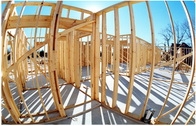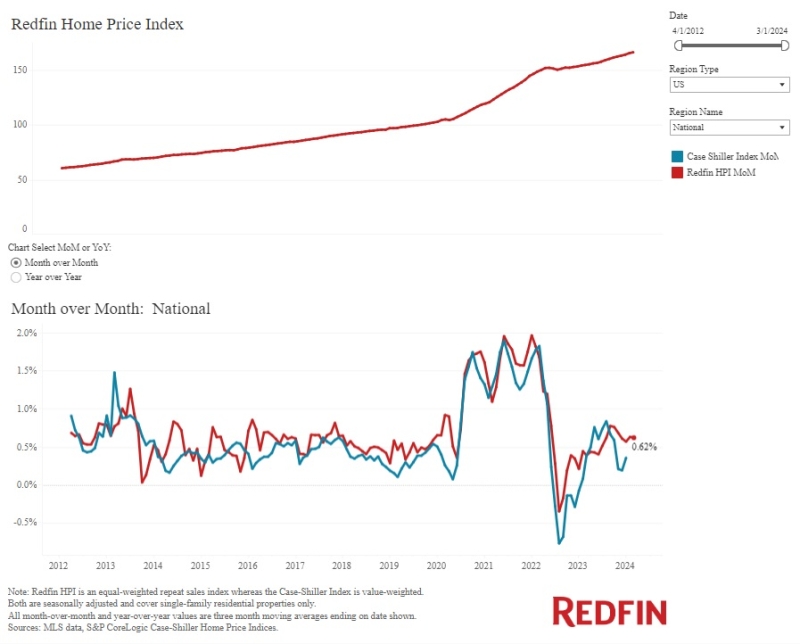Advertisement
NAHB Multifamily Production Index Indicates Slight Decrease in Production

The Multifamily Production Index (MPI), released by the National Association of Home Builders (NAHB), inched down two points to an index level of 52. It is the fifth straight quarter with a reading over 50. The MPI measures builder and developer sentiment about current conditions in the apartment and condominium market on a scale of 0 to 100. The index and all of its components are scaled so that any number over 50 indicates that more respondents report conditions are improving than report conditions are getting worse.
The MPI provides a composite measure of three key elements of the multifamily housing market: construction of low-rent units, market-rate rental units and "for-sale" units, or condominiums.
In the first quarter of 2013, the MPI component tracking builder and developer perceptions of market-rate rental properties dropped four points to 61, but has been above 60 for seven consecutive quarters--the longest sustained period of strength since the inception of the index in 2003. For-sale units dipped four points to 42, while low-rent units rose two points to 55.
"The apartment sector overall has largely recovered since the downturn, so we have now reached a level of development that is close to equilibrium and can continue at this pace," said W. Dean Henry, CEO of Legacy Partners Residential in Foster City, Calif., and chairman of NAHB's Multifamily Leadership Board. "With that said, there are still certain markets around the country that have room to grow."
The Multifamily Vacancy Index (MVI), which measures the multifamily housing industry's perception of vacancies, rose seven points to 38. With the MVI, lower numbers indicate fewer vacancies. After peaking at 70 in the second quarter of 2009, the MVI improved consistently through 2010 and has been at a fairly moderate level throughout 2011 and 2012.
Historically, the MPI and MVI have performed well as leading indicators of U.S. Census figures for multifamily starts and vacancy rates, providing information on likely movement in the Census figures one to three quarters in advance.
"The multifamily market has recovered substantially since the end of 2010, and is well on its way to reaching a sustainable level," said NAHB Chief Economist David Crowe. "However, there are still issues facing builders and developers that could have an impact on future production, such as a shortage of labor with basic construction skills and rising prices for some building materials."
About the author





